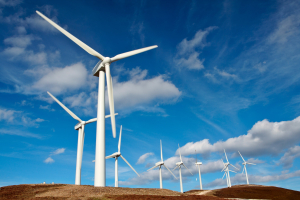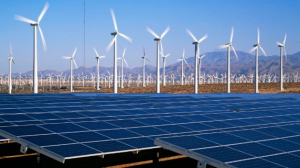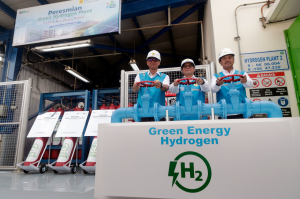Indonesia defies global trend, expands captive coal power capacity
In stark contrast to the global decline in coal-fired power plant (CFPP) expansion, Indonesia has emerged as the third-largest country in terms of new coal capacity additions in 2024 − adding 1.9 gigawatts (GW), 80 percent of which comes from captive coal power plants dedicated to industrial use.
This development was revealed in the Global Energy Monitor’s (GEM) latest report, Boom and Bust Coal 2025: Tracking the Global Coal Plant Pipeline. While global coal power growth has plummeted to its lowest level in two decades − only 44 GW added in 2024 compared to the average of 72 GW from 2004–2024, Indonesia continues to ramp up its coal infrastructure. The country now operates 130 captive coal plants of 30 megawatts (MW) or more, with an additional 21 in pre-construction or under construction.
Much of this growth is tied to Indonesia’s mineral downstreaming industry, which has fueled a threefold surge in captive coal capacity − from 5.5 GW in 2019 to 16.6 GW in 2024.
Since the signing of the Paris Agreement in 2015, Indonesia has increased its total coal power capacity by 29 GW, bringing its current total to 54.7 GW − the fifth largest globally. The National Electricity General Plan (RUKN) for 2024–2060 outlines plans to add another 26.7 GW in the next seven years, 75 percent of which will also be captive.
“There’s a disconnect between Indonesia’s coal roadmap and its climate commitments − it’s as if the left hand doesn’t know what the right hand is doing,” Lucy Hummer, Senior Researcher at GEM, said as quoted in a statement on Friday, April 11, 2025.
Despite its 2022 pledge to halt the construction of new coal power plants, with an aim to fully phase out coal by 2050, Indonesia’s moratorium excludes projects already in the national electricity plan, as well as those tied to strategic industrial activities.
Critics warn that the unchecked expansion of captive coal plants risks repeating past mistakes − such as overcapacity, costly long-term electricity purchase agreements, and social controversy − seen in the state-owned utility PLN's coal fleet.
Progress under Indonesia’s Just Energy Transition Program (JETP), initiated three years ago, has also been underwhelming.
“Coal exploitation continues unabated, with rampant development of captive coal plants and new policies that encourage even religious groups, small businesses, and universities to engage in mining,” Zakki Amali, Research Manager at Trend Asia, said.
“These policies threaten to worsen environmental destruction and global warming. At this rate, Indonesia is teetering on the edge of energy transition failure,” he added.
Indonesia also plans to extend coal plant lifespans through expensive retrofitting with co-firing (using biomass or ammonia) and carbon capture and storage (CCS) technologies − despite uncertain emission reduction results.
“These alternatives likely cause more harm than good. Biomass co-firing can lead to deforestation, and CCS remains an unproven solution,” Hummer added.
Meanwhile, 22 countries have reduced their coal capacity, with EU coal retirements soaring from 2.7 GW in 2023 to 11 GW in 2024. Germany accounted for 6.7 GW of the reduction, while the UK became the sixth country to eliminate coal entirely since the Paris Agreement.
Conversely, coal expansion continues in Indonesia, China, India, and nine other nations. China topped the list with 30.52 GW of new capacity, followed by India (5.81 GW), Indonesia (1.9 GW), Bangladesh (1.26 GW), and South Korea (1.05 GW).
Already have an account? Sign In
-
Start reading
Freemium
-
Monthly Subscription
30% OFF$26.03
$37.19/MonthCancel anytime
This offer is open to all new subscribers!
Subscribe now -
Yearly Subscription
33% OFF$228.13
$340.5/YearCancel anytime
This offer is open to all new subscribers!
Subscribe now






